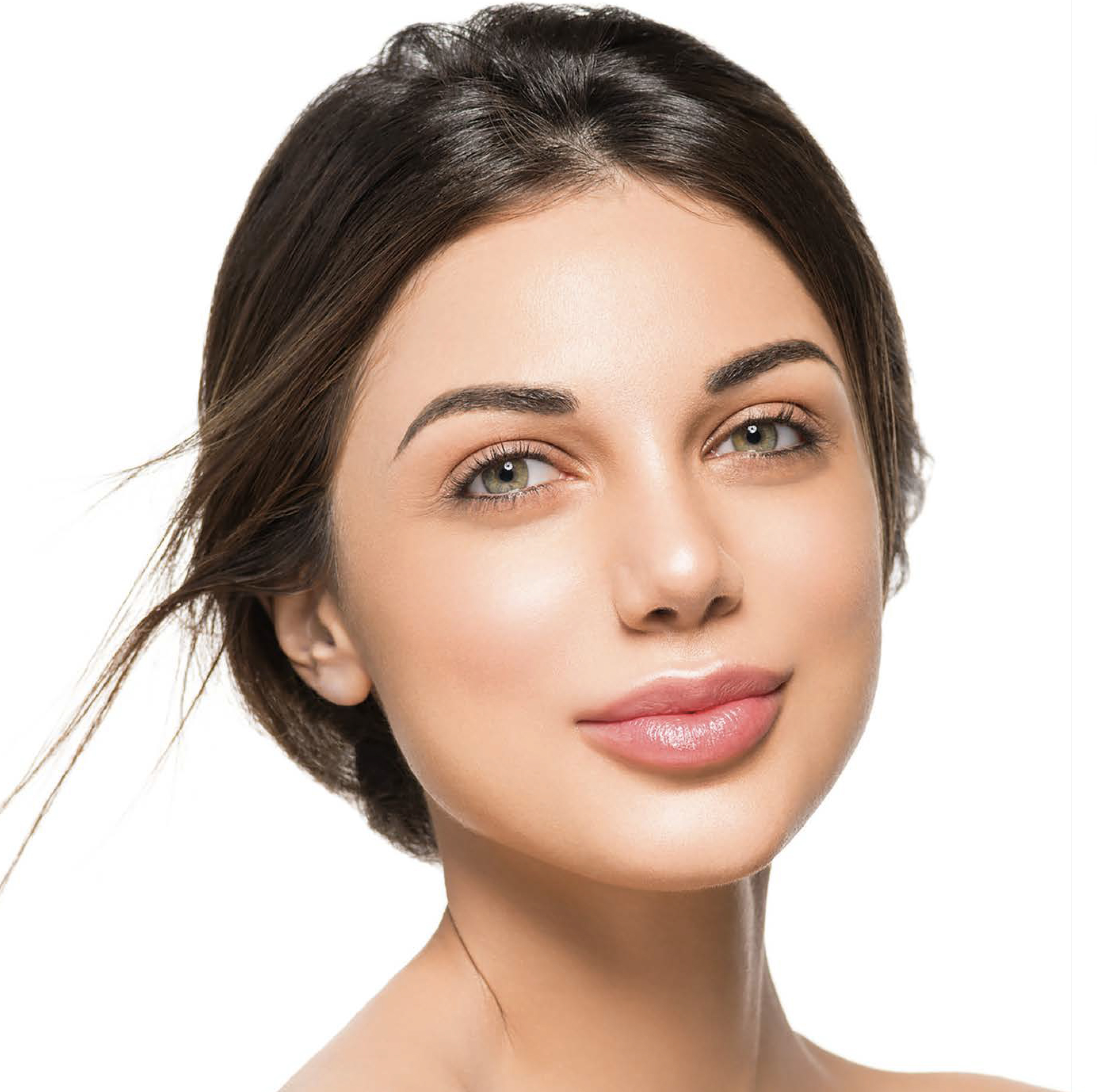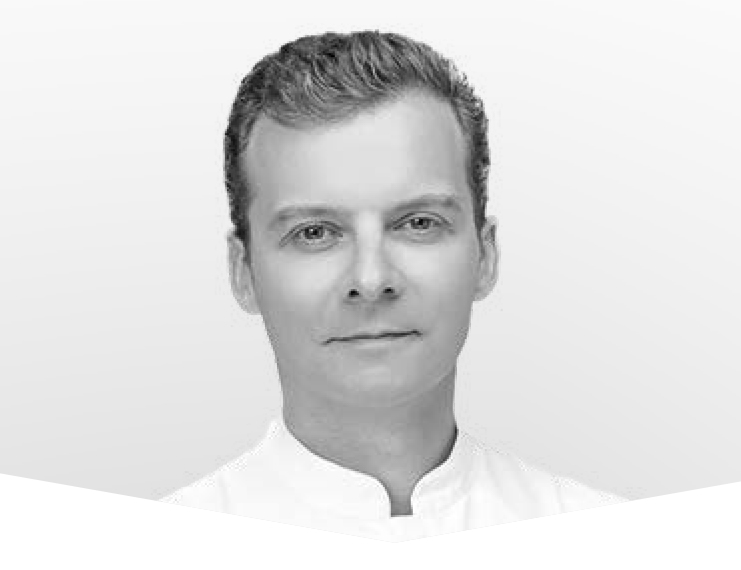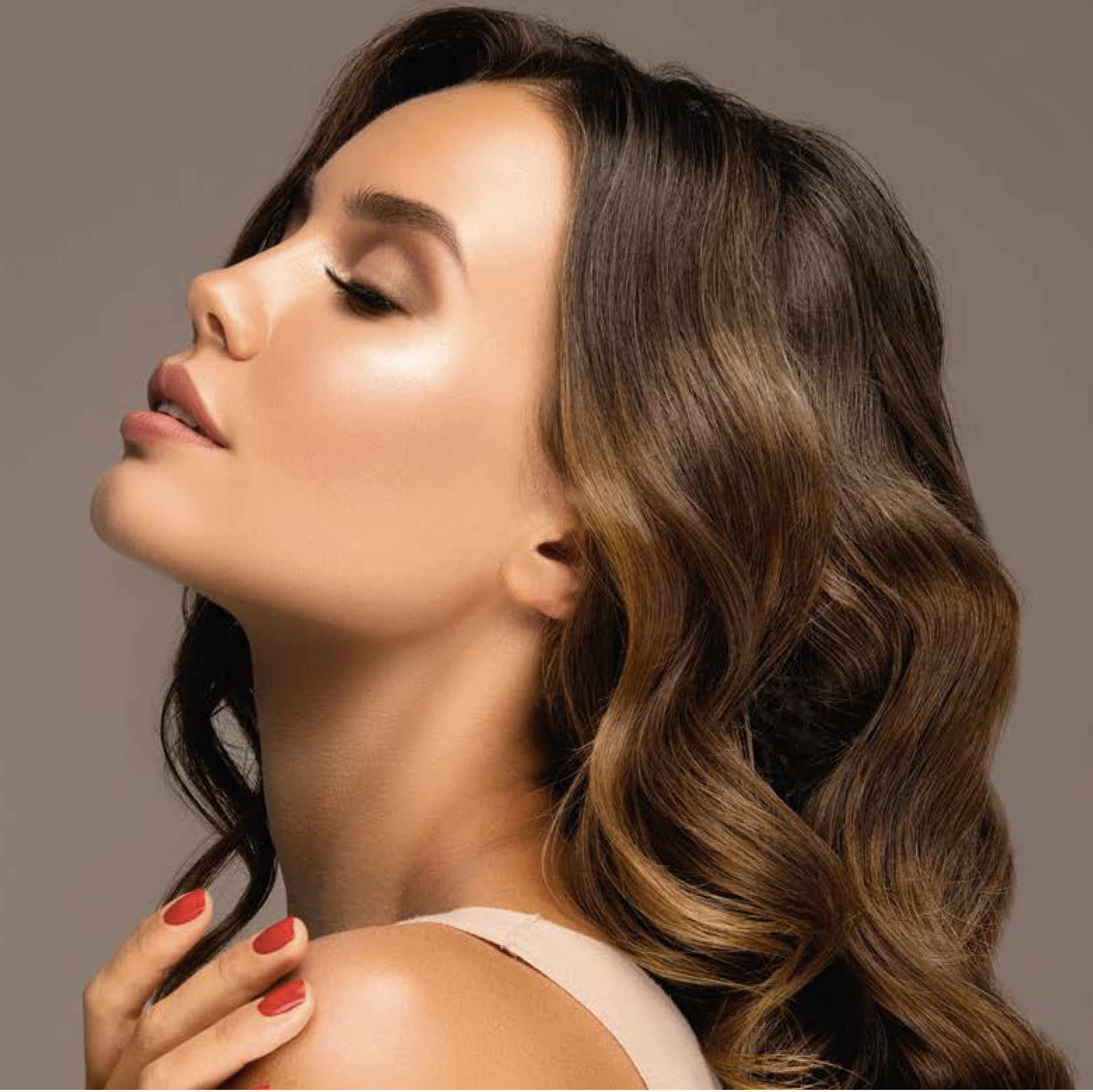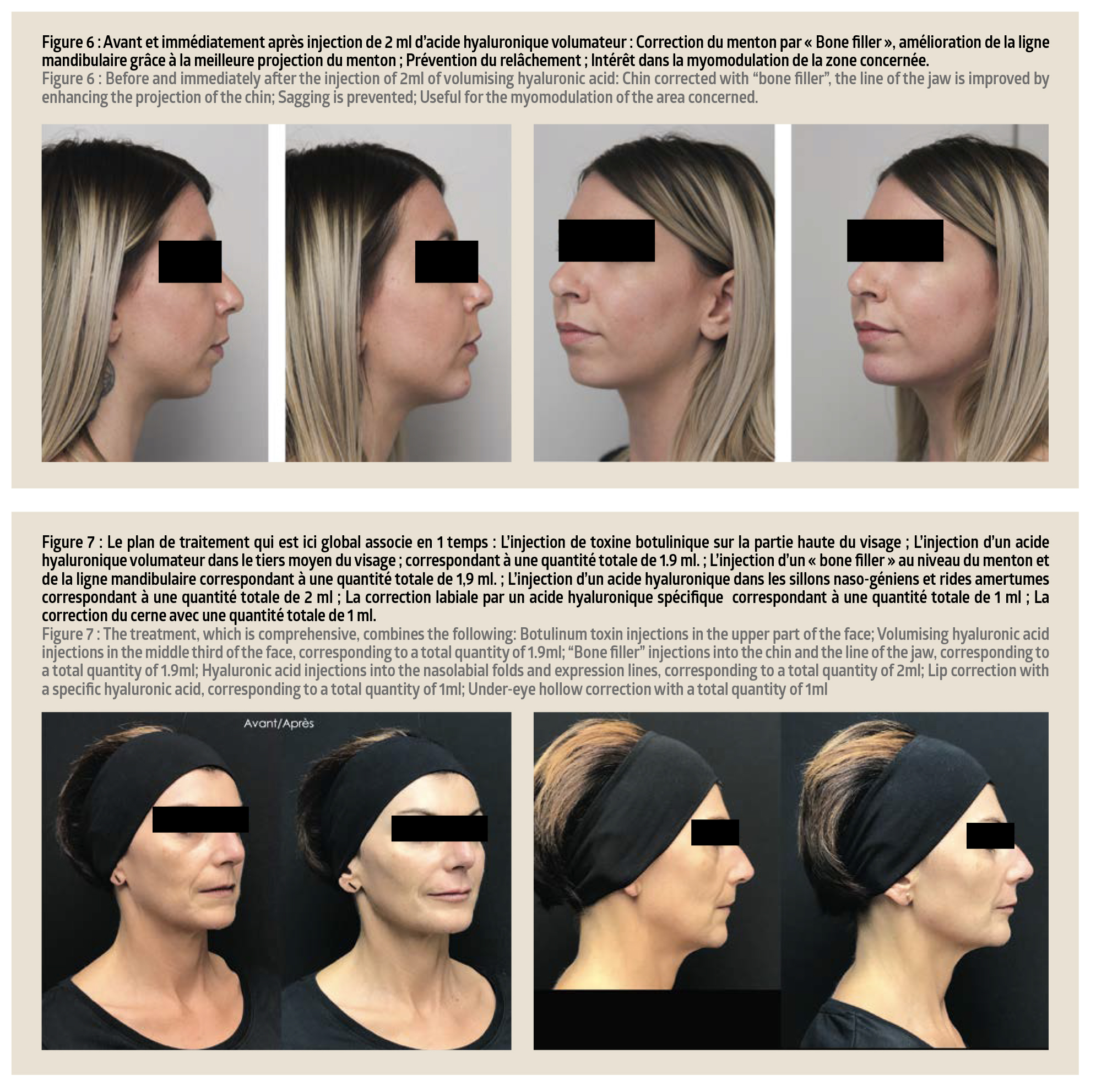By the Doctor Olivier Claude
Facial aging is a multifactorial process. Its two main components are a loss of deep support and skin aging.
 In order to achieve natural-looking results, we perform several treatments in synergy, each time using the minimum doses required.
In order to achieve natural-looking results, we perform several treatments in synergy, each time using the minimum doses required.
We always start by restoring the deep support structures, just like we would restore the load-bearing walls in a house. Over the years, we lose bone and deep fat from the face. The result is that the tissues drop downwards and the centre part of the face drops, creating nasolabial folds, expression lines and even jowls. I treat this loss of support with hyaluronic acid injections, using the MD Codes for a personalised approach. Every patient has their own specific treatment plan. In the case of residual sagging, a cervicofacial lift or tensor threads might be suggested.
Skin aging is the second fundamental component of facial senescence. It is treated as a second step, after we have restored the deep support, which starts to lift the cutaneous envelope. Improving the appearance of the skin is a vital step, as it optimises the facial rejuvenation and provides the coherence and freshness that we are looking for. Without this comprehensive approach, the face might lack in radiance, just like a house that has had its deep structures restored but has no finishing touches.
There are many causes of skin aging. We can summarise them as atrophy combined with a loss of elastin and collagen fibres due to the reduced activity of the dermis’ key cells: the fibroblasts. These also synthesise hyaluronic acid and growth factors, which are essential for the skin’s spontaneous regeneration.
Treating the skin is often more difficult than the deeper structural work, as it requires a combination of treatments and the results take more time to appear. However, this step is vital for an optimised result.
Cleanse the skin in depth
The first skin treatment involves a deep cleanse, such as Hydrafacial®, which cleans out the skin’s pores. These new-generation cleansing treatments should ideally be carried out regularly, every 30 to 90 days, depending on the skin type. This cleanse includes a very gentle peel and vacuum suction. The treatment is rounded off with the application of a serum specially designed for each patient, which generally includes antioxidants and hyaluronic acid in order to nourish, hydrate and protect the skin. We might consider these skin cleansing treatments as the gateway to other treatments. They make the skin more receptive to the actives used in subsequent treatments. Similarly, the creams and serums used by patients on a daily basis will be more effective, as they will penetrate the skin better.
What about mesotherapy?
Using mesotherapy associated with vitamins and fluid non cross-linked hyaluronic acid is very useful for certain areas, such as crow’s feet wrinkles, the upper lip and the cheeks. On these areas, cross-linked products can sometimes lead to excesses which, even when only slight, can be visible and lead to lymphatic blockages with persistent swelling. But mesotherapy injections alone are often not enough and they need combining with other treatments. They can also be combined with growth factors and microneedling for a noticeable improvement.
Hyaluronic acid and peels
Fluid cross-linked hyaluronic acids, like Skinboosters or Profilho®, can be very useful for restoring the softness of the tissues, especially in the neck or, when used carefully, on the face. We must avoid injecting too much of these products (even though they are fluid) especially into areas with bad lymphatic drainage. The time it takes for the skinboosters to be resorbed varies according to the product injected, the injection technique, the treatment area and the patient. It is rarely necessary to inject one area several times a year. It is a good idea to have 2 to 4 superficial or medium peels over the winter, depending on the skin type. The aim of these peels is to resurface the skin and reduce fine lines. Medium peels also help stimulate collagen and elastin synthesis. Certain peels target age spots, like lentigos, or melasma. Treating skin marks is often one of the most difficult requests to fulfil.
The benefits of microneedling
Treatments that use microneedling offer two-fold benefits. The mechanical action of the small needles, whose penetration is very accurately controlled (speed and depth), stimulates the fibroblasts. What is more, the small impacts tighten the more permeable skin in the dermis, making it more receptive to the second stage of treatment. This stage uses serums that are specifically formulated for each patient, containing a blend of fluid non-cross-linked hyaluronic acid, vitamins, and sometimes growth factors. These microneedling sessions should be carried out 3 to 4 times and spaced around 3 weeks apart. All of these skin treatments can be combined with light therapy, LED photomodulation. The yellow and red light allows us to optimise the fibroblast activation while reducing any inflammatory components. In short, we must combine the right treatments and adopt a holistic approach to help our patients feel good about themselves.
 By the Doctor Olivier Claude
By the Doctor Olivier Claude
Plastic and Aesthetic Surgeon – Paris.
Qualified in Plastic, Reconstructive and Aesthetic Surgery.
D.E.S.C. medical specialisation diploma in Plastic and Aesthetic Surgery. Graduated from the French College of Plastic Reconstructive and Aesthetic Surgery.
More information on docteurclaude.fr















